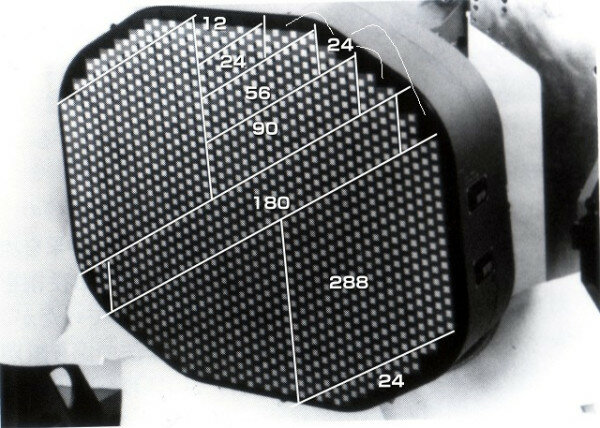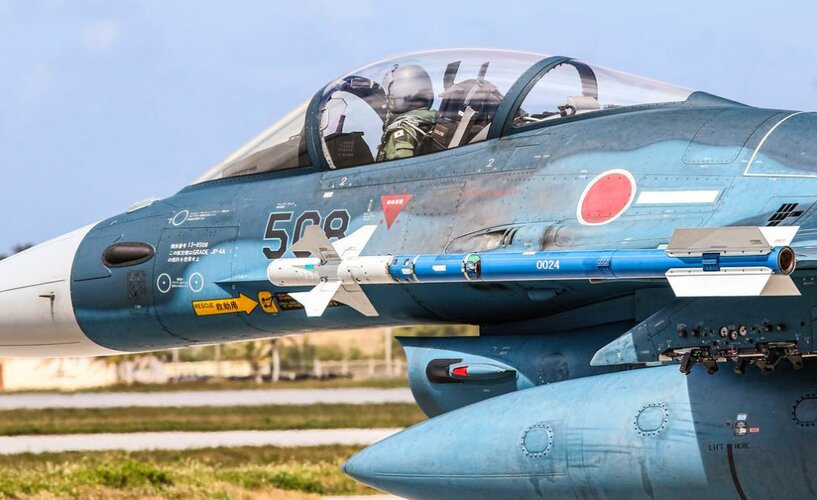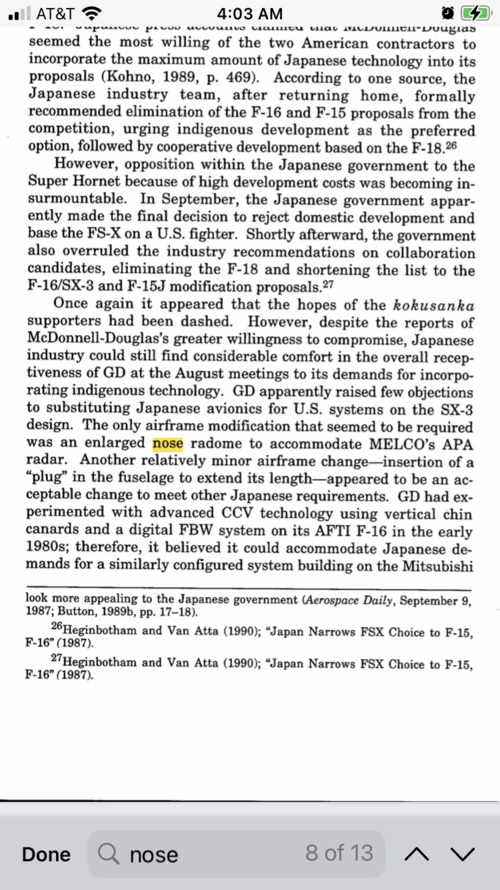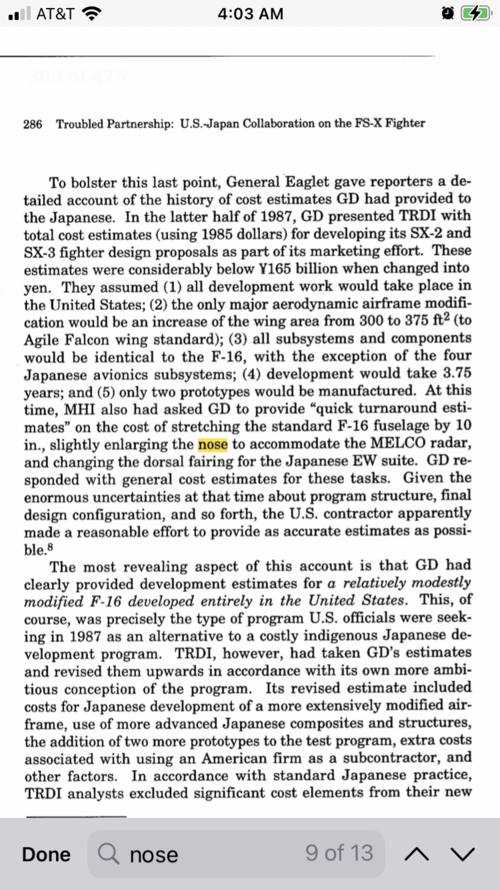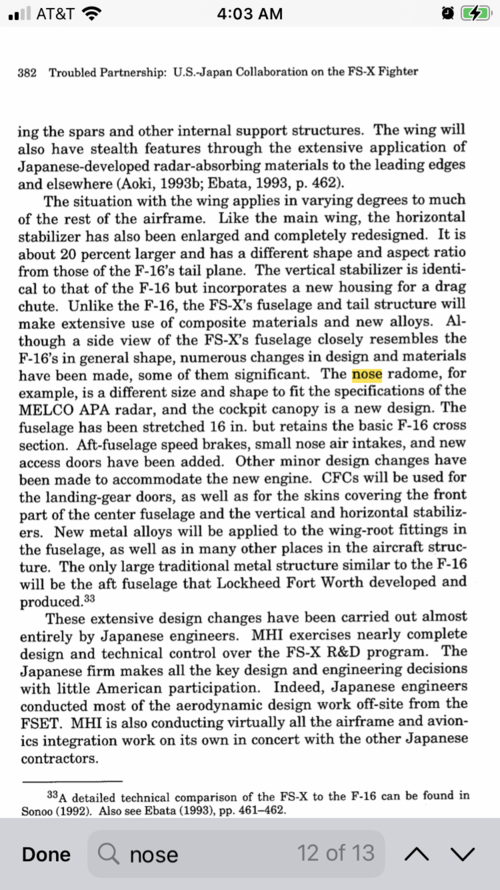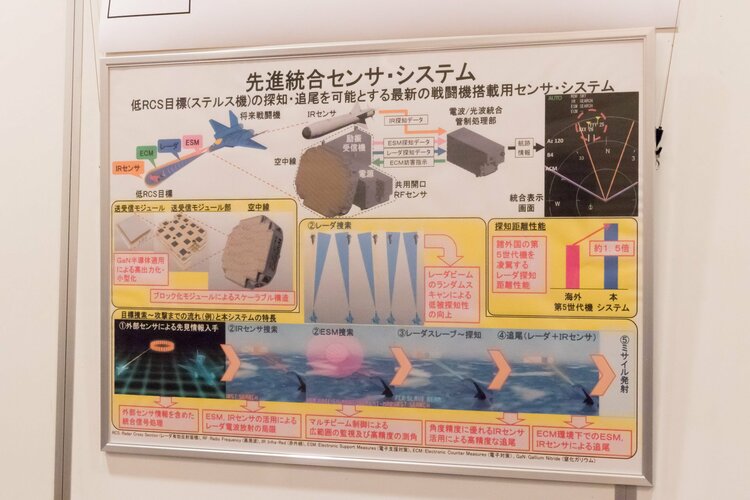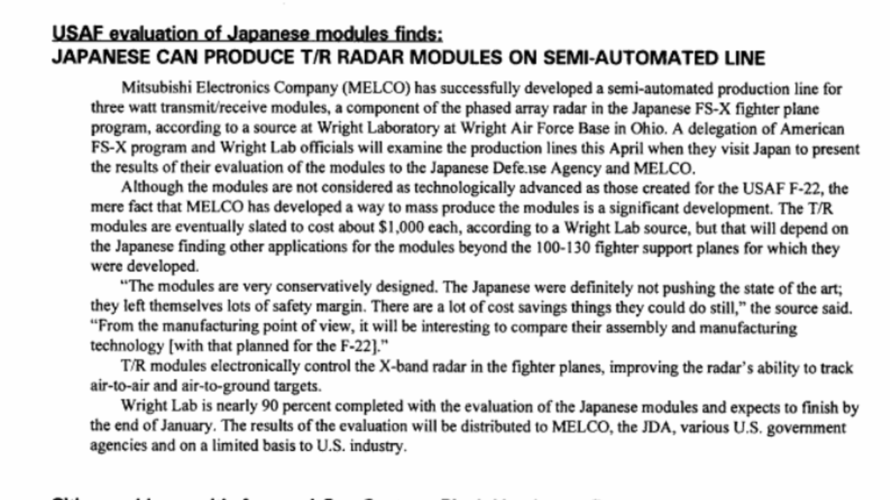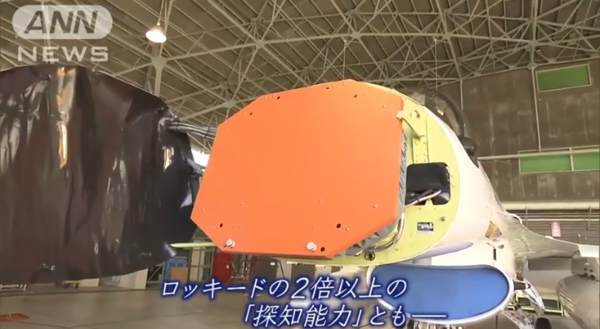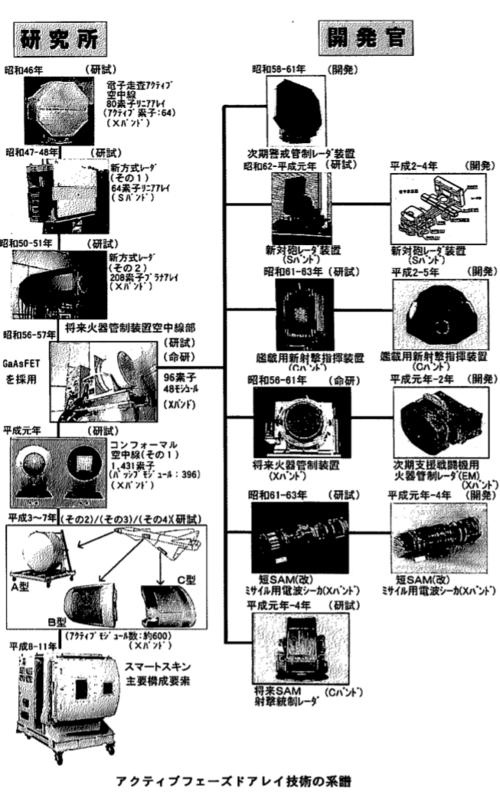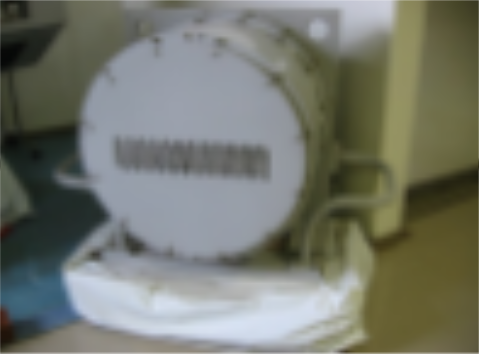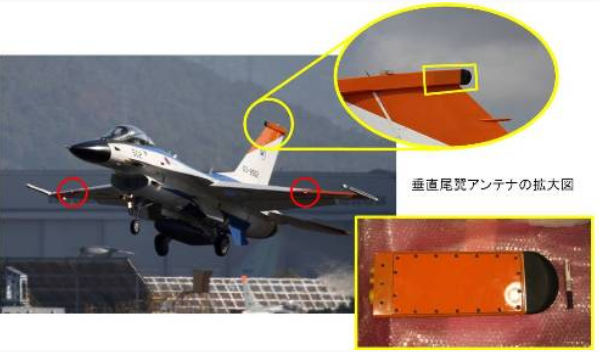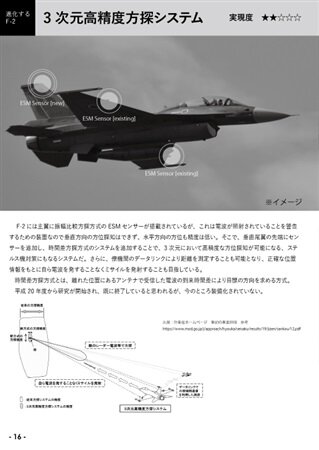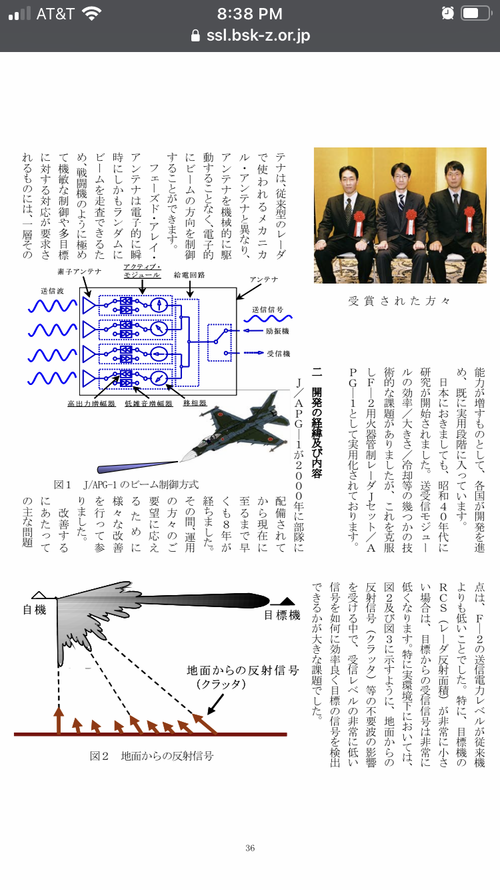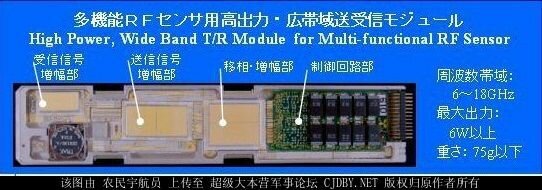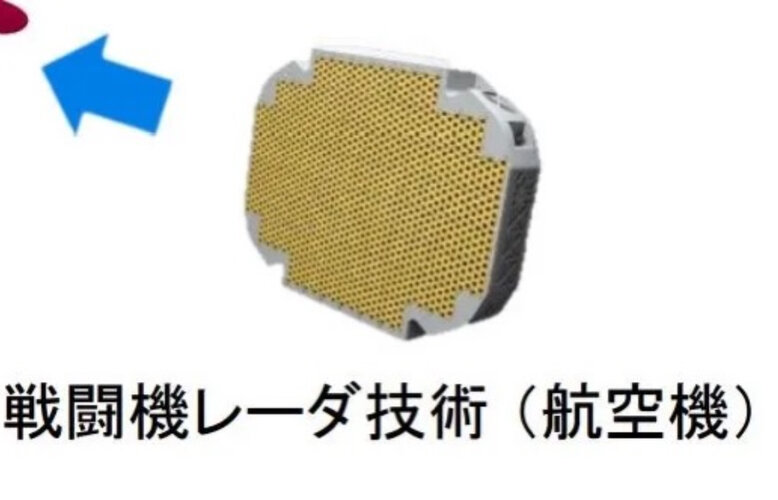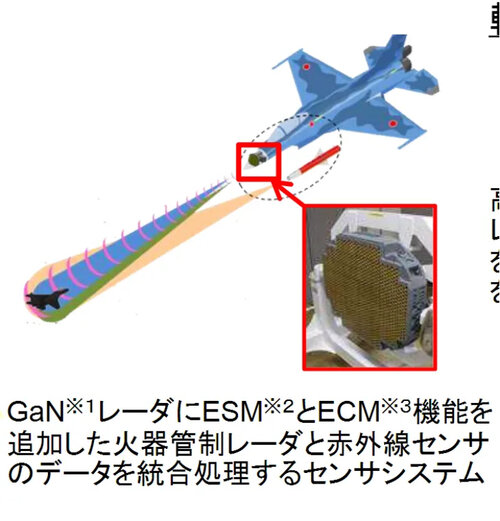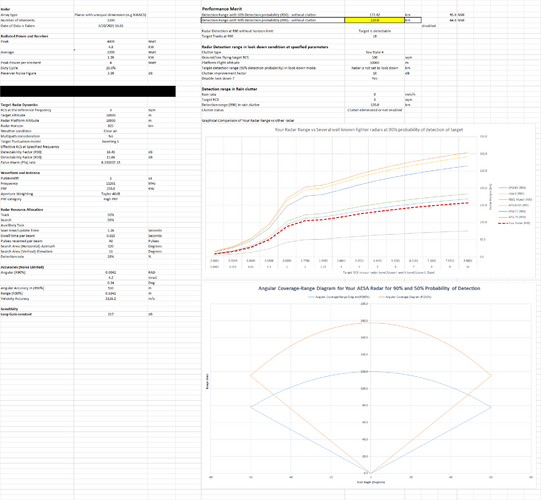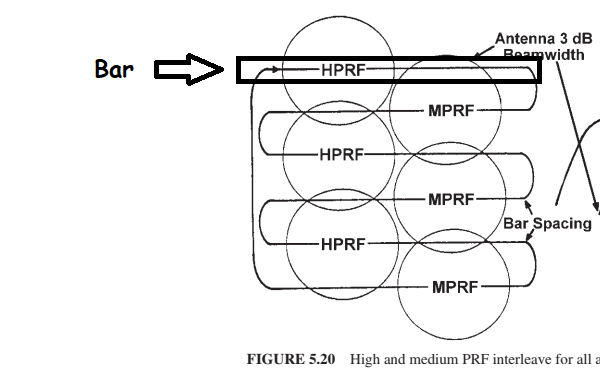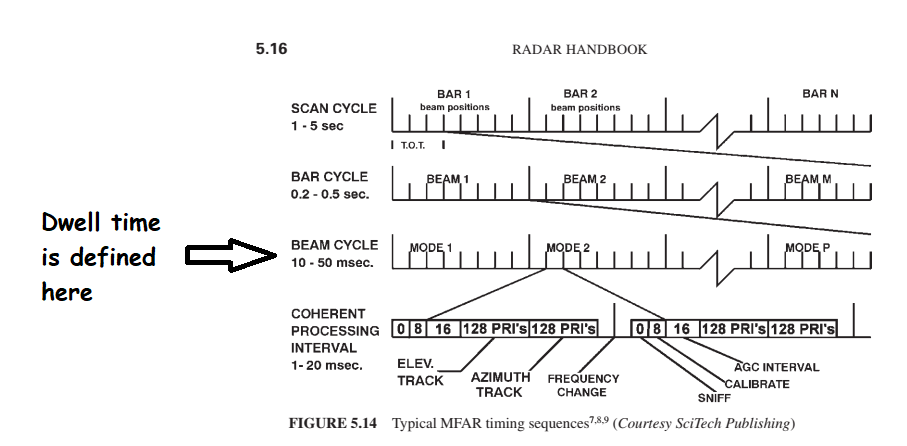The United States has obtained more information on the Japanese active
phased array fire control radar than any other non-derived FS-X
technology. In August 1992, DOD purchased five Japanese FS-X radar
transmit/receive modules, supporting connectors, and technical data for
testing purposes. DOD paid the then current Japan Defense
Agency/Mitsubishi Electric Corporation prototype module contract price
of $4,800 per unit and about $70,000 for technical data and additional
items required to test the modules.
Mitsubishi Electric officials reported in November 1993 that they had
reduced module unit costs to about $3,300. Mitsubishi Electric officials
would like to reduce module costs even further by increasing the module
production run to at least 20,000 units annually. Mitsubishi Electric’s cost
goal is about $1,400 per unit for the FS-X program, assuming production of
120,000 units (or enough for about 130 aircraft). Mitsubishi Electric
officials noted that they do not expect to reach the $1,400 per module goal
until 2 years into full-rate FS-X production.
Mitsubishi Electric officials said they will pursue commercial applications
for FS-X transmit/receive modules that could reduce module costs during
FS-X production. Mitsubishi Electric officials noted, however, that
commercial applications are not practical at this time because of the
modules’ high cost. Commercial applications could include air traffic
control antennas, satellite and mobile communications, and anticollision
automobile radars.
In August 1993, U.S. engineers at the Wright Laboratory Solid State
Electronics Directorate began testing the five radar modules DOD
purchased from Japan. By February 1994, the United States had finished a
complete set of verification tests for module performance. The tests
indicated that the modules perform according to specifications and will
meet Japanese FS-X radar requirements. A U.S. engineer involved in the
testing said that the performance of Japanese modules was very good and
in one area are on a par with the best U.S. modules.
In May 1994, a U.S. radar module testing team visited Japan to compare
and verify U.S. and Japanese test results. U.S. engineers may conduct
additional tests to assess the performance of FS-X radar modules relative
to U.S. modules planned for use on the F-22 aircraft.1 DOD was preparing a

